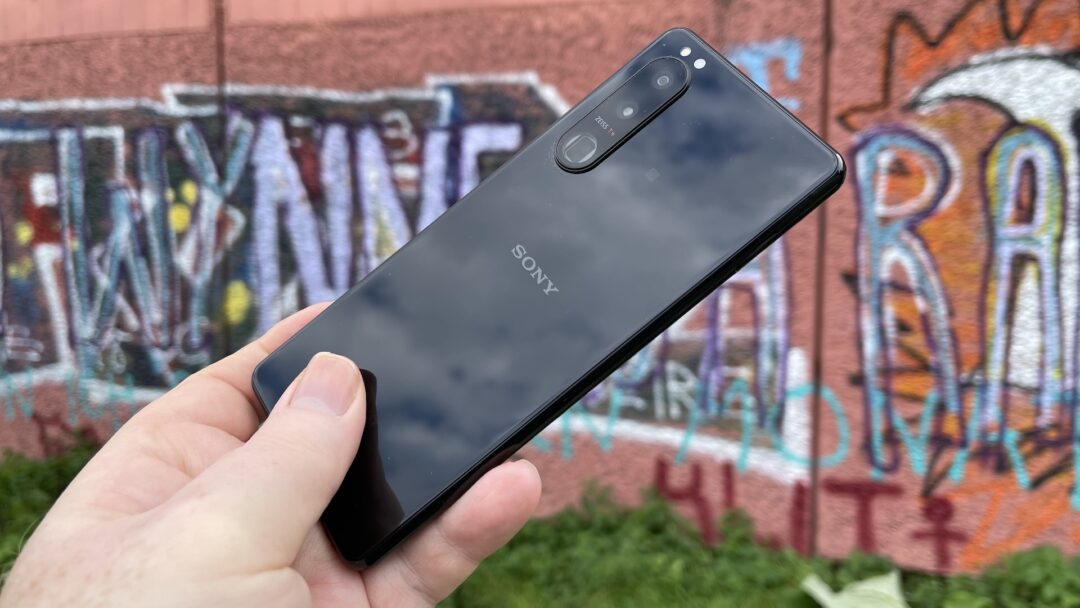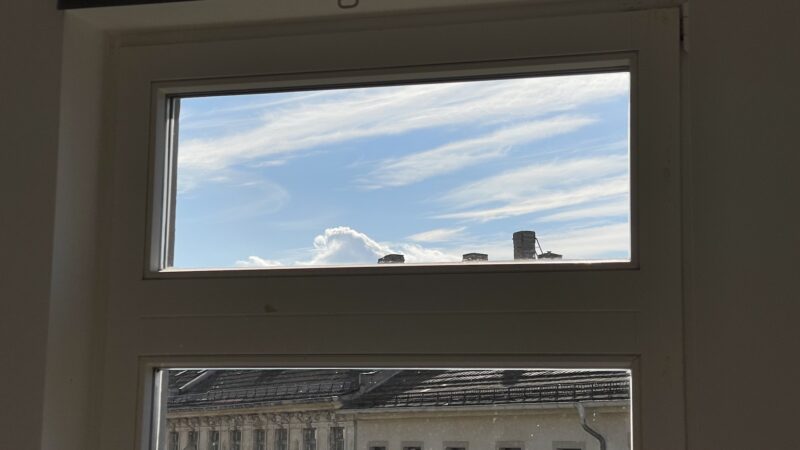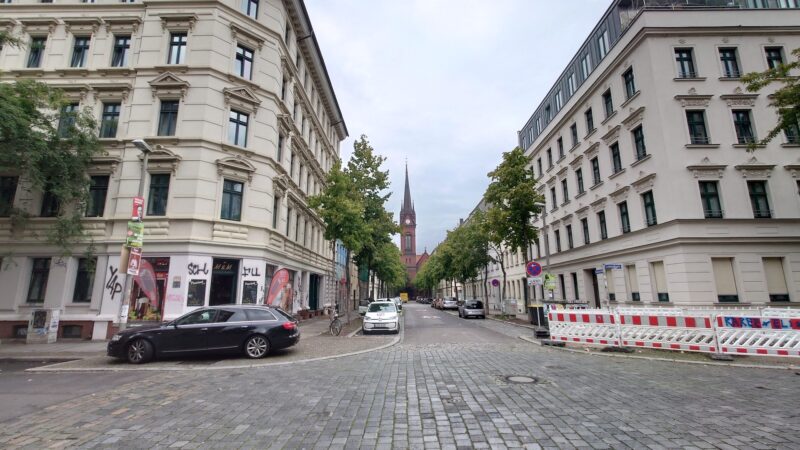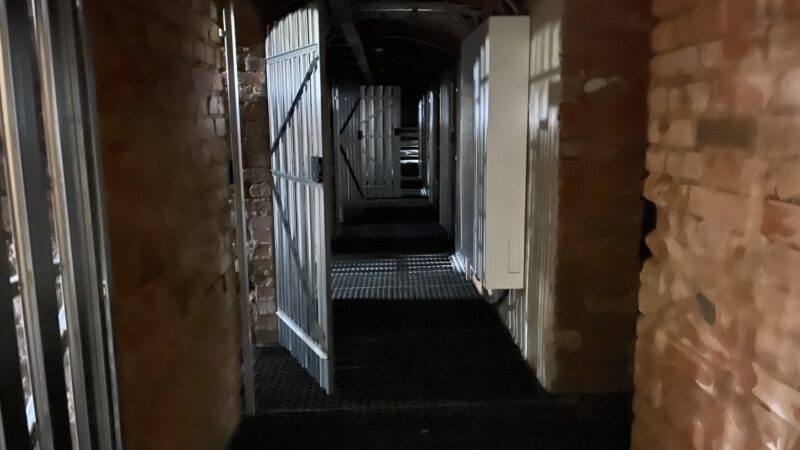True to custom, Sony has again this year launched a compact version of its flagship mobile on the streets, a few months after the top-of-the-line expensive smartphone – this time Sony Xperia 1 III – hit the stores.
The compact Sony Xperia 5 III has most in common with its big brother, but it still costs a third less, so Sony has had to chop a heel and cut a toe here and there to stay within the budget.
The question then is whether Sony has achieved the right balance between price and quality, or whether you have to make too many compromises to save the few hundred Pounds from choosing the Xperia 5 III instead of the top model.
Last year, it was a calculation that fell out in favor of the 5’s, as the Sony Xperia 5 II was actually better than the Xperia 1 II in some respects, but we might as well say right away that this is unfortunately not the case this time.
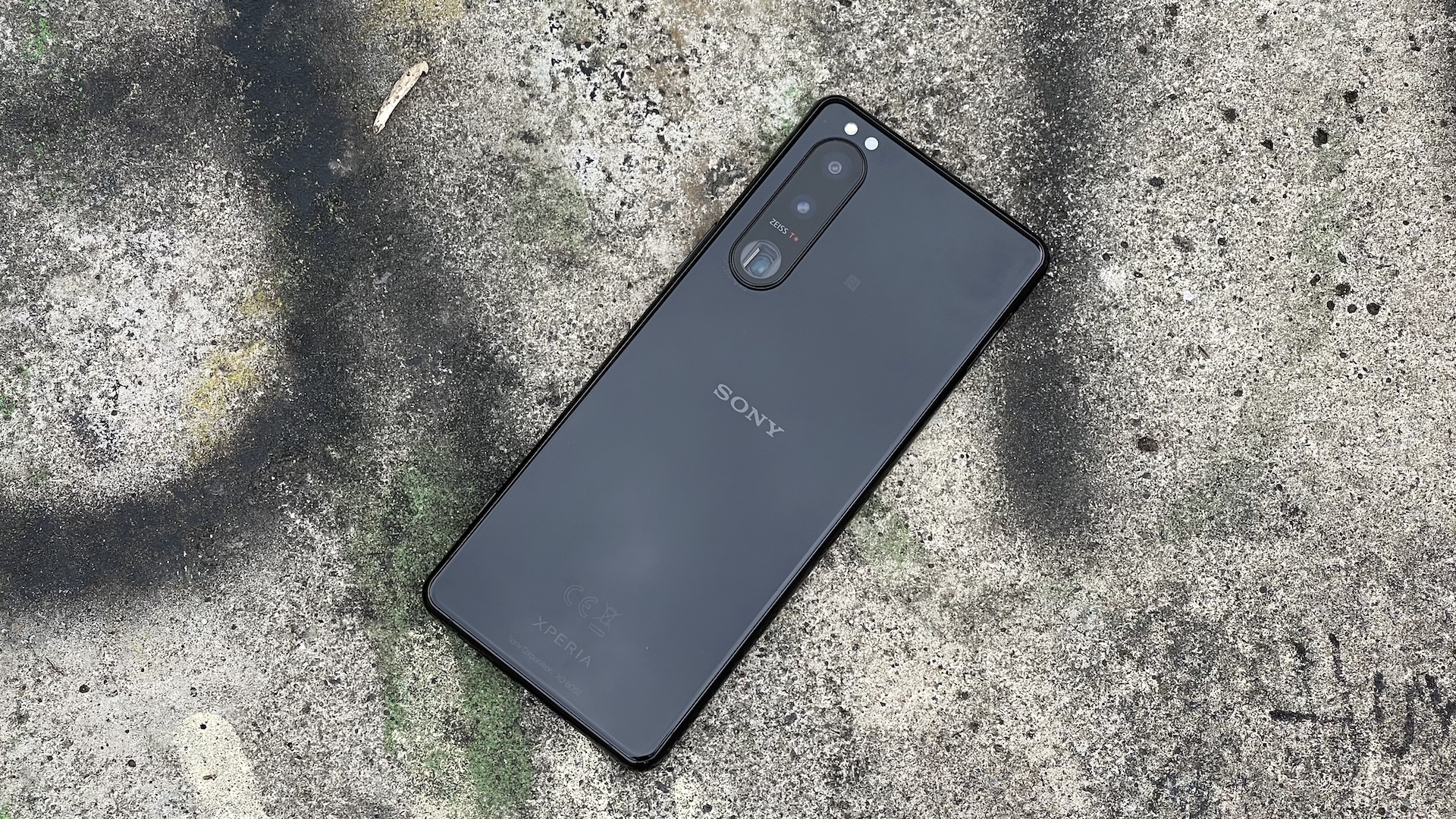
Appearance and construction
Basically, the Sony Xperia 5 III looks like its big brother. It’s just a little bit smaller and lighter. The design is elegant with Gorilla Glass 6 on the front and back, surrounded by a metal frame.
The Xperia 5 III is available in just two colors: Black and Green. The back is made of glass, but where the Xperia 1 III came in matte colors, the Xperia 5 III is glossy and therefore picks up fingerprints on the back to an irritating degree.
Just like its two predecessors, Sony’s latest compact model also comes with a screen in 21:9 format. This makes the phone slim and long, and the narrow format means it is easy to hold in the hand. There is even a little length added at the top, as Sony has chosen to place the front camera next to the speaker in the frame above the screen itself.
The camera module sits just like on the Xperia 5 II in the upper left corner of the back. One of the reasons is that Sony has made room for a 3.5 mm minijack connector on top of the mobile, which is a nice detail for the audiophiles.
The fingerprint reader is integrated in the power button on the right side of the phone. There you will also find the volume button and the dedicated camera button, which is a small bonus that you do not get with many other smartphones.
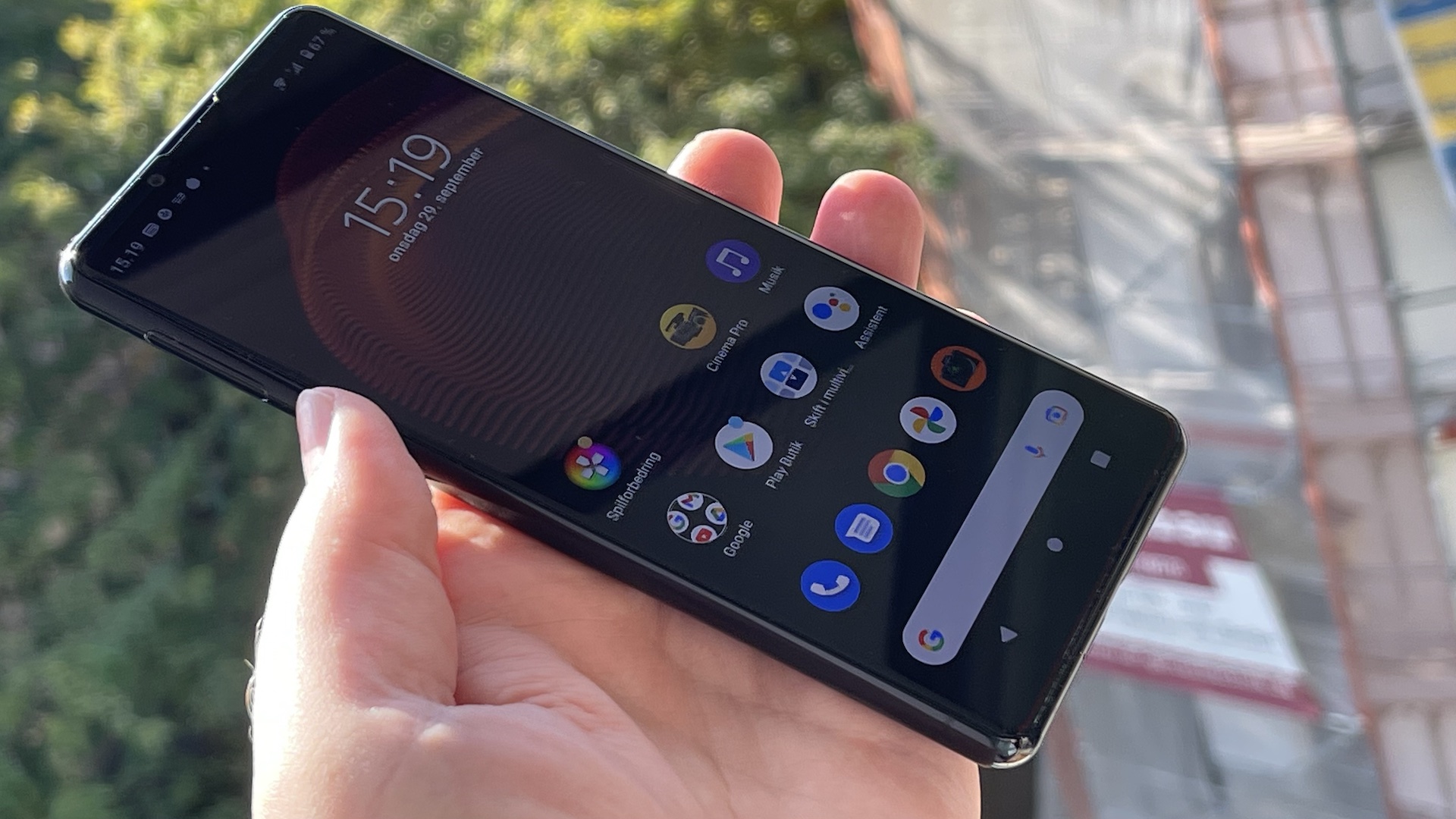
Screen
The screen of the Xperia 5 III a faithful copy of the screen of last year’s model. This is an OLED screen with FHD+ resolution and a refresh rate of 120 Hz.
While big brother has always been able to boast of 4K resolution, the Xperia 5 series in turn got a higher refresh rate already last year. The flagship Xperia 1, on the other hand, had to wait for the Mark III model to be equipped with 120 Hz refresh
Despite the lower resolution, the Xperia 5 III also offers the so-called Creator Mode, which makes the screen’s image reproduction as color-accurate and lifelike as possible. The technology provides give, among other features, the mobile screen wider color space, while 10-bit HDR provides more detailed reproduction of color transitions.
At the moment, the technology is supported i.a. of Netflix, and the picture quality is quite impressive. On the Sony screen, the picture looks like in the cinema or on the very best TVs on the market (though slightly smaller), and it will be really cool, of course, if the content is available in 21:9 format.
On Netflix, this applies to approx. two-thirds of the available movies, while the vast majority of TV series are only in 18:9 format. Unfortunately, this means that black bars appear on the right and left sides of the image. But it might be worthwhile to come to terms with the opportunity to take full advantage of the content that is actually recorded and available in the cinema format.
The 21:9 format also allows you to run two apps at the same time in the so-called 21.9 multi-window mode, which works really well. Sony’s Side Sense feature, which allows you to more easily access apps by placing your finger along the side of the screen, works less well and quickly becomes an annoyance.
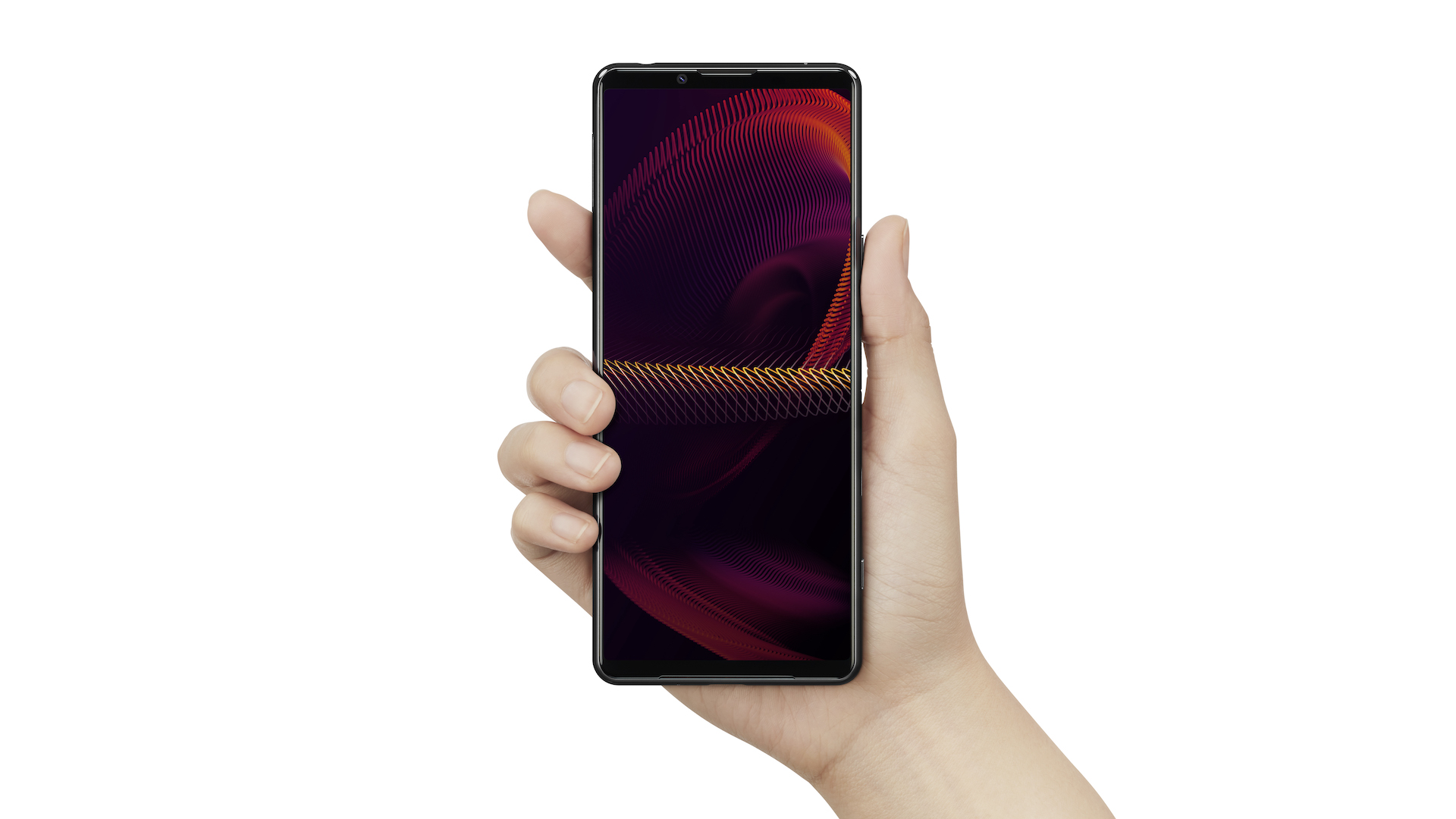
Sound
The cinema feeling from the 21: 9 format is enhanced if you use a pair of proper headphones with your Sony Xperia 5 III. Compared to the Xperia 1 III, the use of headphones is an absolute necessity however, since the sound from the built-in stereo speakers on the 5 III deliver a thin and rather miserable sound experience.
Xperia 1 III came with an update of the corresponding speakers, which improves the sound pressure and eliminates vibrations, which increases the volume and reduces distortions. In practice, this means that the Xperia 1 III delivers almost as good sound from the built-in speakers as the OnePlus 9 Pro, when you e.g. gamer or watching videos, which is definitely not the case with the Xperia 5 III.
This is rather disappointing, but as mentioned, the phone has a built-in minijack connector, and in addition, the Xperia 5 III supports Dolby Atmos and Hi-Res Audio, including Sony’s LDAC format and DSEE Ultimate technology as well as Sony’s 360 Spatial Sound.
The technology is similar to Apple Spatial Audio, which we have written about in detail here, and like Apple’s solution, the 360 Spatial Sound gives the listener a 3D-like sound experience, which should give the music more authenticity and authenticity. Like listening to music live, in other words. Which also – in part at least – was our experience when we tested it.
Where Apple’s solution only works with Apple Music and Apple headphones, e.g. AirPods Pro or AirPods Max, 360 Spatial Sound works with multiple streaming services. This applies first and foremost to Tidal, which even has a dedicated “360 Reality Audio” section in the app, but also other services such as Deezer and nugs.net.
On the other hand, Sony’s technology is also limited to Sony products in terms of hardware support. Without headphones or speakers from Sony – such as WH-1000XM4 or SRS-RA5000 – 360 Spatial Sound does not work.
Camera
Like the Sony Xperia 1 III, the Xperia 5 III also comes with a triple camera, but must do without the Xperia 1 III’s dedicated 3D iToF sensor for distance measurement.
But in addition, the two mobiles have completely identical cameras. Like the Xperia 1 III, the compact little brother comes with a 24 mm wide-angle lens of 12 megapixels, 16 mm ultra-wide angle, also 12 megapixels, and a 12 megapixel telephoto. And just like on the big brother, using a special periscope technology, the telephoto lens has a variable focal length, so that it can change smoothly between 70 and 105 mm.
This solution uses Sony as an alternative to traditional optical zoom (70mm gives 2.9x zoom, while 105mm zooms 4.4x), and it’s actually a bit of a stroke of genius, because it works lightning fast. Not least because all three lenses also boast Dual Phase Detection Autofocus, which provides super sharp images, even in difficult situations.
The Photography Pro camera app is not new in itself, but new is that it completely replaces the normal camera app.
Now with just one camera app
Photography Pro basically has basically the same user interface as Sony’s Alpha cameras and thus offers manual setting of exposure, white balance, shutter speed, etc. The camera has also borrowed a few other tricks from Sony’s Alpha series, including Real-time Eye-AF, which follows and focuses on the subject’s eyes.
The fact that Sony is prioritizing its own professional camera app is a pretty clear sign that the Japanese electronics manufacturer knows its audience, for many loyal Xperia users swear by Sony’s mobiles precisely because of their close relationship with the company’s system cameras. And honestly, having two different camera apps, as the case e.g. was with Xperia 5 II, was an utter mess.
In other words, the Sony Xperia 5 III is perhaps one of the most interesting smartphones on the market right now for those who are more than commonly interested in photography and like to spend time adjusting the camera settings manually.
For those users, there is also the really nerdy Cinema Pro app, which Sony introduced in 2019 together with the first Xperia 1. With that you can, among other things. record 2K 120 fps 10 bit HDR and 21:9 4K HDR at 24, 25, 30 and 60 fps respectively. In addition, 4K HDR 120 fps slow motion.
The purpos with this plethora of options is to be able to record cinema-like videos (the 21: 9 format in 24 fps is the standard for feature films), so Cinema Pro also comes with a number of color profiles, so-called “Looks”, which adjust color curves, contrast and saturation, so that the finished videos get an expression that is similar to the way different film genres tend to look.
Not only for directors
However, there is no reason to despair if you don’t have any ambitions of becoming a Hollywood film director or otherwise are not in love with the mobile’s more professional camera functions. Photography Pro has a new mode called Basic, which gives provides a simple user interface like the one in the previous standard app. So amateurs and more “casual” photographers can still join.
Unfortunately there are limitations, because like last and last year’s models, the Xperia 5 III struggles with overexposure.
The camera app on the Xperia 5 III does not provide any option to manually enable or disable HDR unless you choose to go with manual settings across the board. Instead, the software is designed to turn on HDR itself if you shoot with automatic settings, and the environment and circumstances require it. But my test pictures are proof that it does not quite work as intended. The result is quite often either over- or under-exposed.
Unlike most other smartphones in the price range, the Xperia 5 III also has no dedicated night mode. That can be said about the iPhone 12 Pro and 12 Pro Max as well. But the iPhone still takes good pictures in poor lighting, while Sony’s mobile has nothing to offer if you have to take pictures in dark surroundings.
Performance and features
Although the Xperia 5 III comes with the same Snapdragon 888 processor as the Xperia 1 III, the little brother lags a bit behind the big brother in terms of performance. This is of course due to the fact that the Xperia 5 III has to make do with 8 gigabytes of RAM, where the 1 came with 12 gigabytes, and this is especially evident in relation to the graphics performance, where the Xperia 5 III is struggling to keep up. Both when it comes to the usual benchmark tests, and when we test the mobile in practice with large apps and games such as. Asphalt 9.
Firstly, the Xperia 5 III achieves significantly worse results in the various tests, and secondly, the phone gets extremely hot at peak load. So hot it is almost impossible to hold it in the hand. And this despite the fact that the Xperia 5 III comes with the same kind of game-enhancing software as its predecessors, so you can dedicate more memory to the game running.
All this pulls down in the overall impression, just as we also wonder that the Xperia 5 III has not got wireless charging like its big brother. Fortunately, the battery has gotten bigger since last year, just as the Sony Xperia 5 III now comes with 30 watts fast charging.
As mentioned, the fingerprint reader does not sit on the screen or on the back of the phone, but is instead integrated in the power button, and that is actually a good solution that works every time. Like its predecessor, the Sony Xperia 5 III is also waterproof and dustproof (IP65/68).
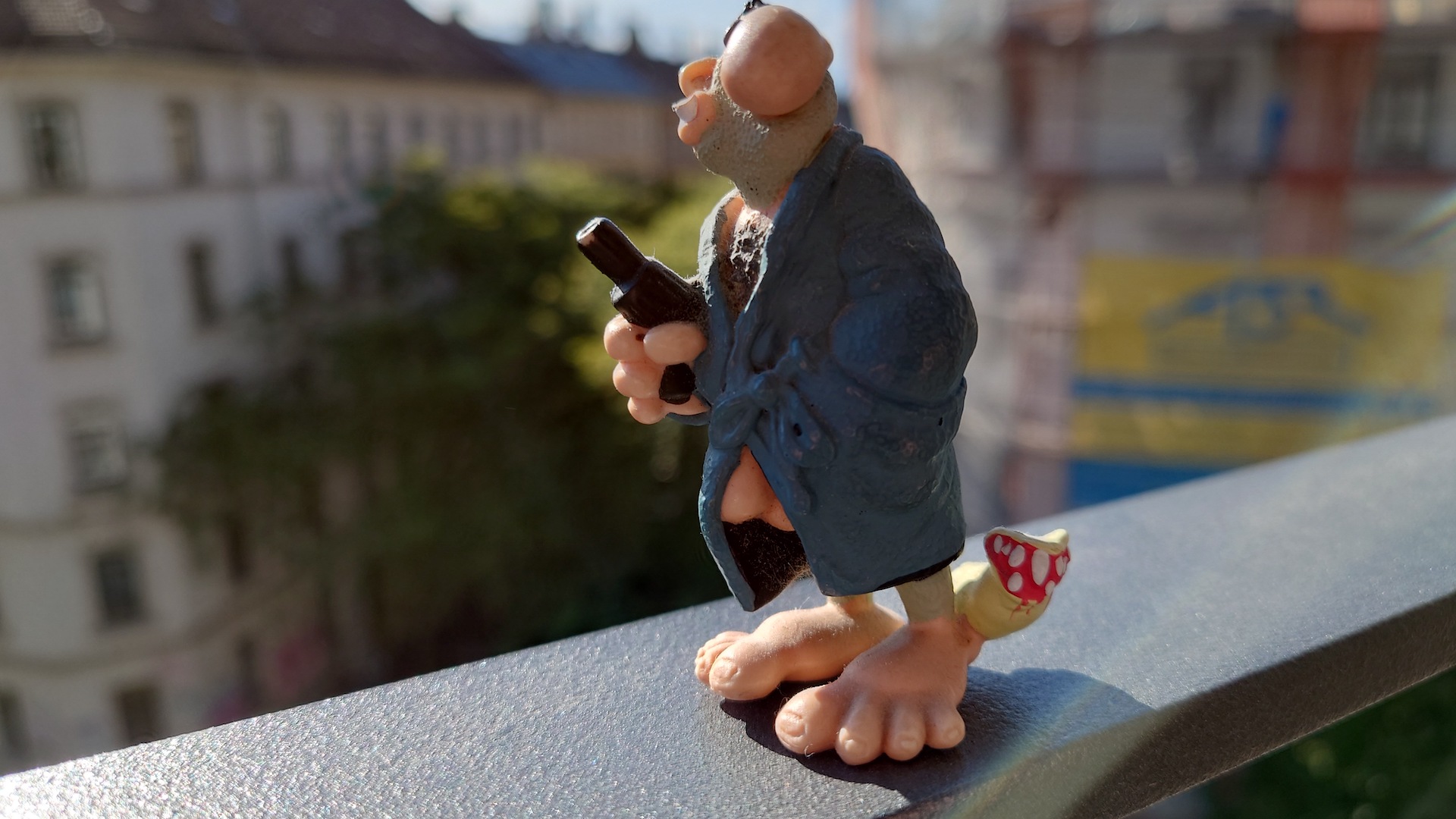
Conclusion
We wrote at the top that the accounts do not fall out in favor of the Sony Xperia 5 III, even though the price has been lowered by a third compared to the flagship model.
It is clear that one has to make some compromises when the price is to be lowered, and some of Sony’s choices make good sense. There is no reason why a mobile with a 6.1-inch screen should have 4K resolution, and we did not miss the iToF sensor either when we tested the camera.
But it’s a problem that the Xperia 5 III gets so extremely hot if you challenge the processor, and for the price we also expected wireless charging and better sound in the built-in speakers.
The Samsung Galaxy S21 5G, which arrived at the beginning of the year, costs the same as the Xperia 5 III, but has twice as much storage space as well as wireless charging, and then it performs like a nuclear power plant without breaking a sweat.
You should buy the Sony Xperia 5 III if the camera’s pro options are tempting – or if you generally prefer a more compact smartphone. In that case you will not go wrong, because of course the small mobile is by and large a good product, but the top grade and our special recommendation will have to wait for another generation.

We think
Excellent camera phone for semi-professionals. In addition, OLED screen in 21: 9 format with 120 Hz refresh rate. In addition, compact format and dedicated camera button. The camera has exposure issues in certain situations. The phone gets extremely hot if pressed, and then it lacks wireless charging. The sound in the built-in speakers is not too good either.
899 €
Specifications
- Operating system: Android 11
- Screen: 6.1″ 21: 9 HDR OLED 120 Hz, FHD + (2520 x 1080), 450 ppi
- Processor: Qualcomm Snapdragon 888
- Memory: 8 GB RAM/128 GB storage (+ microSD up to 1 TB)
- Cameras: 12 Mp wide angle 24 mm f/1.7 w. OIS + 12 Mp tele 70 mm f/2.3 and 105 mm f/2.8 m. OIS +12 Mp ultra wide angle 16 mm f/2.2 124° (primary) / 8 Mp f/2.0 (front)
- Wireless: 5G, Wi-Fi 6, Bluetooth 5.2, NFC, A-GPS, GLONASS, BeiDou, Galileo
- Dimensions and weight: 157 x 68 x 8.2 mm/168 g
- Battery: 4500 mAh, 30 W Fast Charger
- Web: sonymobile.com
Benchmarks
Geekbench 5: 1.127 (single-core) / 3.642 (multi-core)
AnTuTu 8: 485.459
3DMark Wild Life: 4.347
GFX Bench T-Rex: 3.343
PCMark Work 3.0: 11.429
Basemark Web 3.0: 512,21
Batteritest: 9:57 hours
